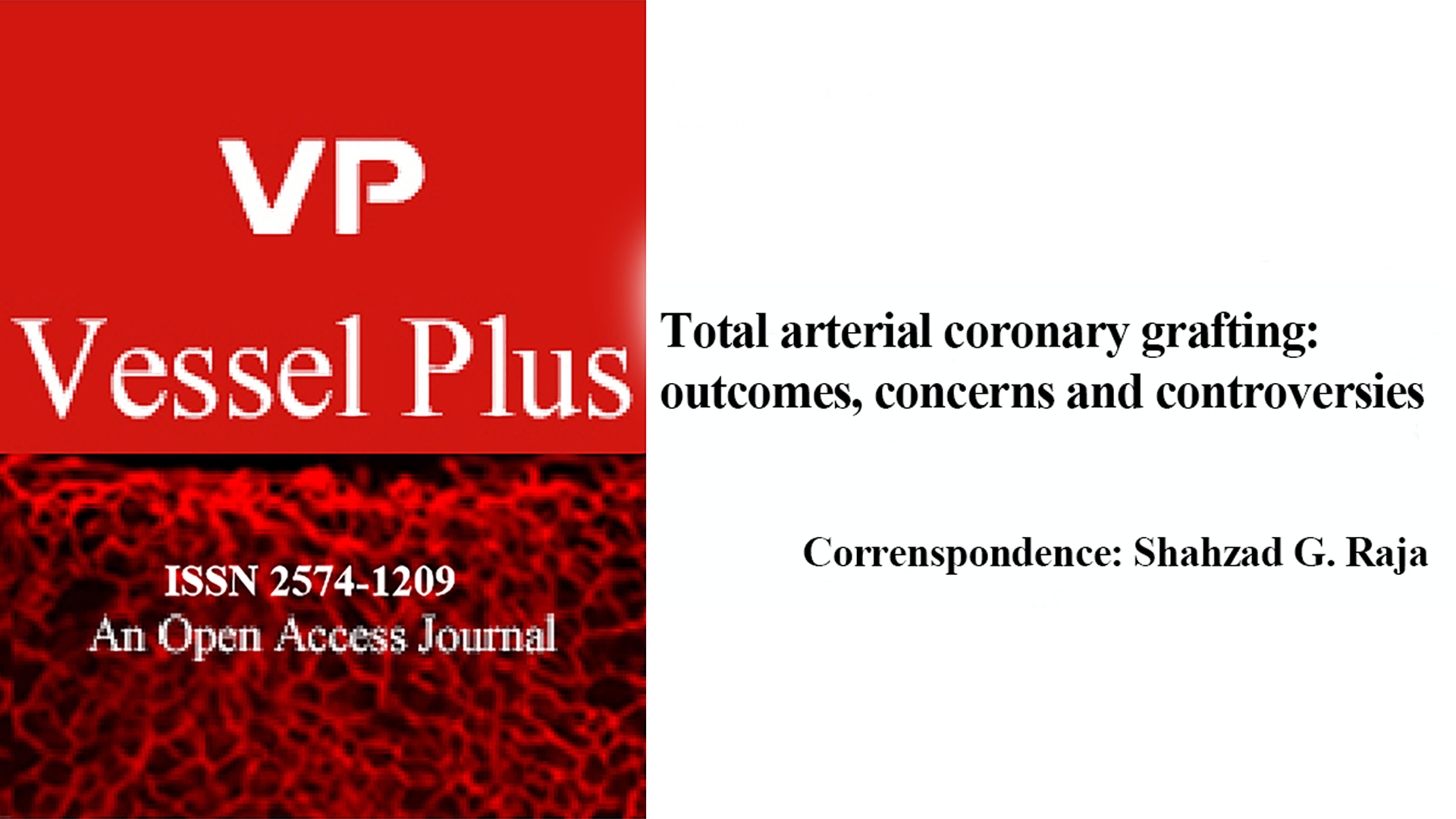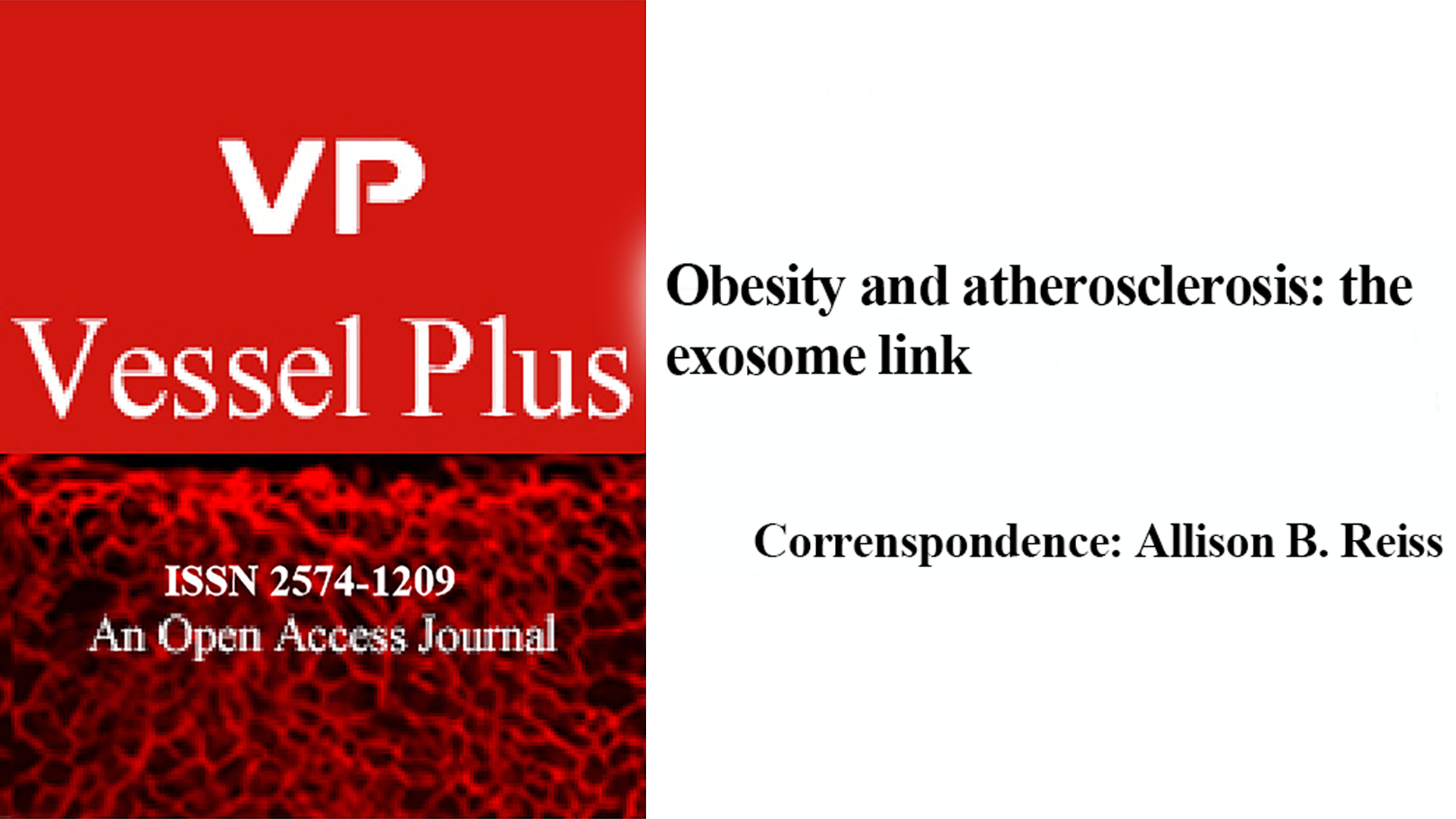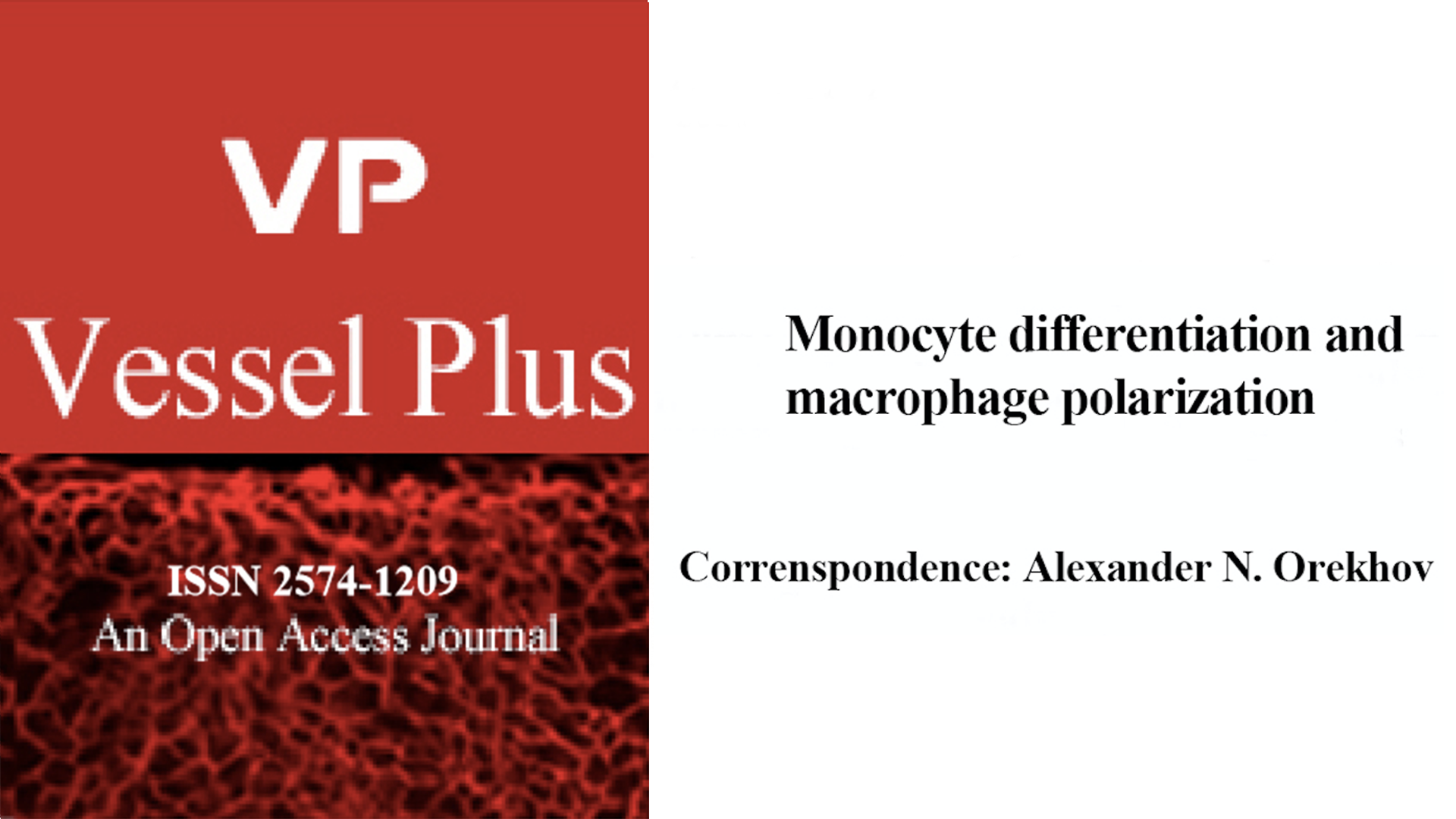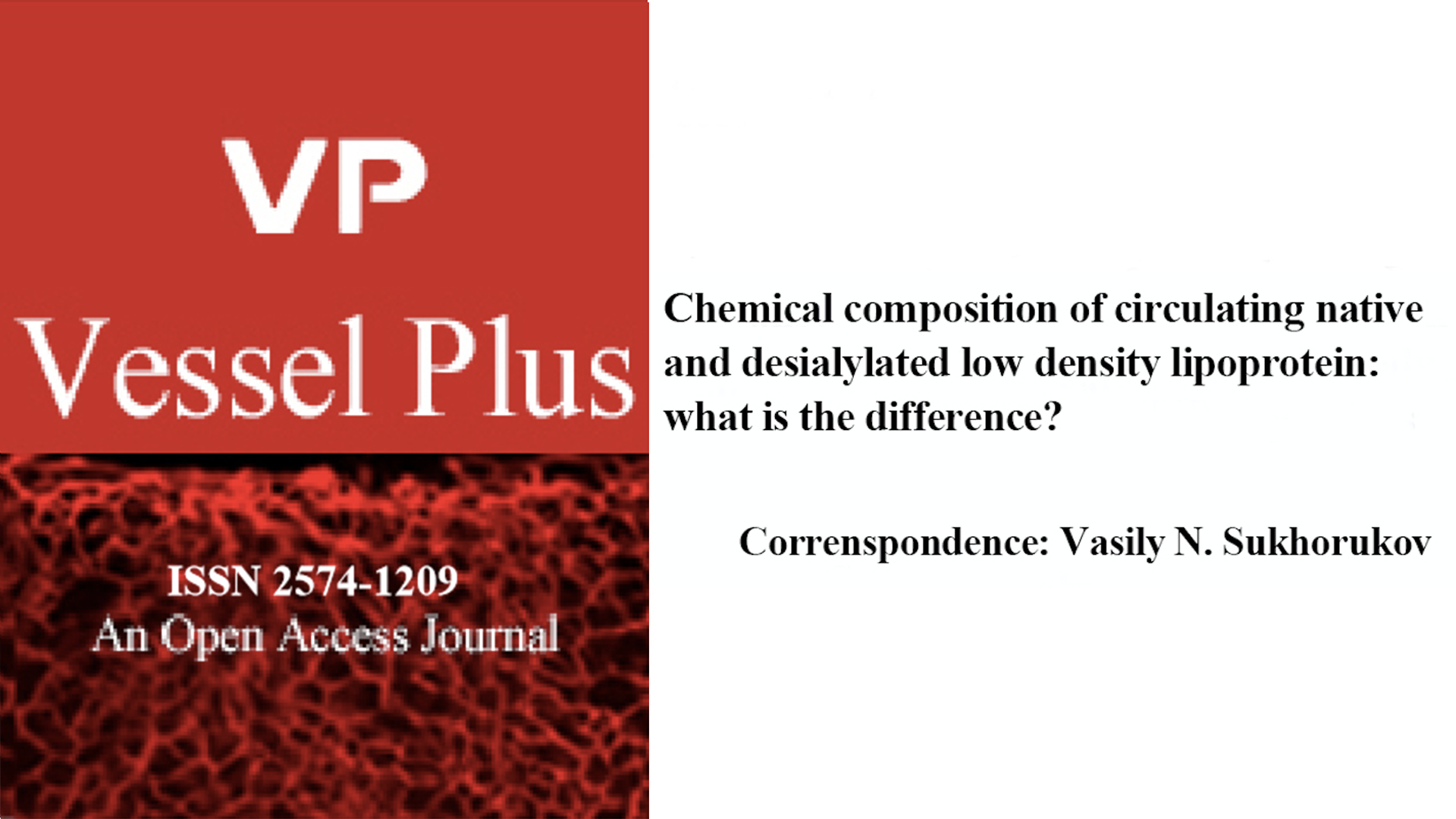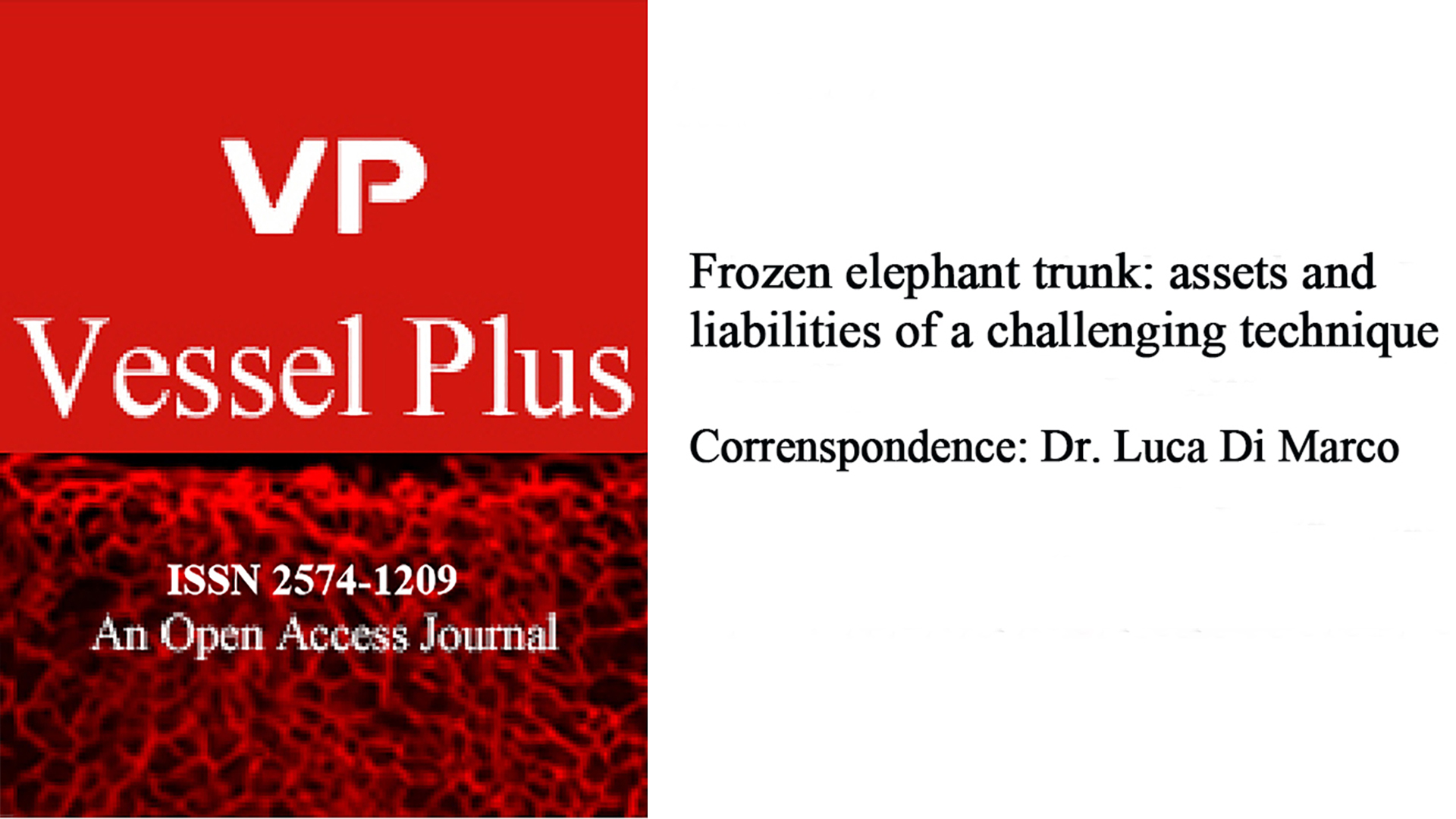The genetic constituent of varicose vein pathogenesis as a key for future treatment option development
This perspective focuses primarily on the fundamental part of phlebology, where most attention is paid to the genetic aspects of the pathogenesis of varicose vein disease and where the main breakthrough advances in this area of research are discussed. We propose a direction for further actions...
Anaortic, off-pump coronary artery bypass using multiple arterial grafts: Surgical technique
Traditional on-pump coronary artery bypass grafting on an arrested heart using a single arterial graft carries 2 main potential drawbacks: the risk of perioperative neurological injury and the known failure rate of vein grafts. To address this, we describe a surgical technique of anaortic,...
Total arterial coronary grafting: outcomes, concerns and controversies
Choice of conduit remains the Achilles heel of coronary artery bypass grafting. Conduit choice is crucial as it is deemed to influence the long-term outcomes. While the important survival advantage of a left internal mammary artery graft over vein grafts is universally accepted, controversy...
Obesity and atherosclerosis: the exosome link
Obesity is a global public health issue with serious health consequences and rising prevalence. It is a risk factor for a broad range of diseases, particularly atherosclerosis and cardiovascular disease. Long-term weight loss is difficult to achieve, even with diet, life-style changes and...
Monocyte differentiation and macrophage polarization
Circulating monocytes are recruited to tissues, where they differentiate to macrophages and take part in the inflammation process or tissue remodeling. According to the traditional concept, macrophages are classified into pro-inflammatory (M1), non-activated (M0) or anti-inflammatory (M2)...
Chemical composition of circulating native and desialylated low density lipoprotein: what is the difference?
Atherosclerosis and related cardiovascular disorders remain the leading global cause of morbidity and mortality. Modified low density lipoprotein (LDL) is considered to play a crucial role in atherosclerosis development. During the past decades, several types of atherogenic LDL modification have...
PCSK9 inhibitors and their use in advanced heart failure and heart transplant recipients
The use of proprotein convertase subtilisin/kexin type 9 (PCSK9) inhibitors has garnered widespread attention in the medical community over the past ten years. A number of landmark trials have demonstrated the efficacy of PCSK9 inhibitors in lowering low-density lipoprotein (LDL) levels...
Routine use of cerebral protection devices during transcatheter aortic valve implantation: what does the evidence say?
Transcatheter aortic valve implantation (TAVI) is a well-established treatment for symptomatic severe aortic stenosis in intermediate and high-risk patients. However, as TAVI indications increase, concerns regarding adverse events and complications rise in the same proportion. Stroke is one of...
Frozen elephant trunk: assets and liabilities of a challenging technique
The development of the frozen elephant trunk (FET) technique for a simplified treatment of complex lesions of the thoracic aorta originated as an evolution of the classic elephant trunk technique, described for the first time by Borst et al in 1983. Novel technologies and standardization of the...
Frontiers in endovascular thrombectomy for ischemic stroke
Stroke is a leading cause of morbidity and mortality worldwide. There have been significant advances in the hyperacute treatment of patients with ischemic stroke with the advent and application of reperfusion therapies, including intravenous thrombolysis and endovascular thrombectomy....


